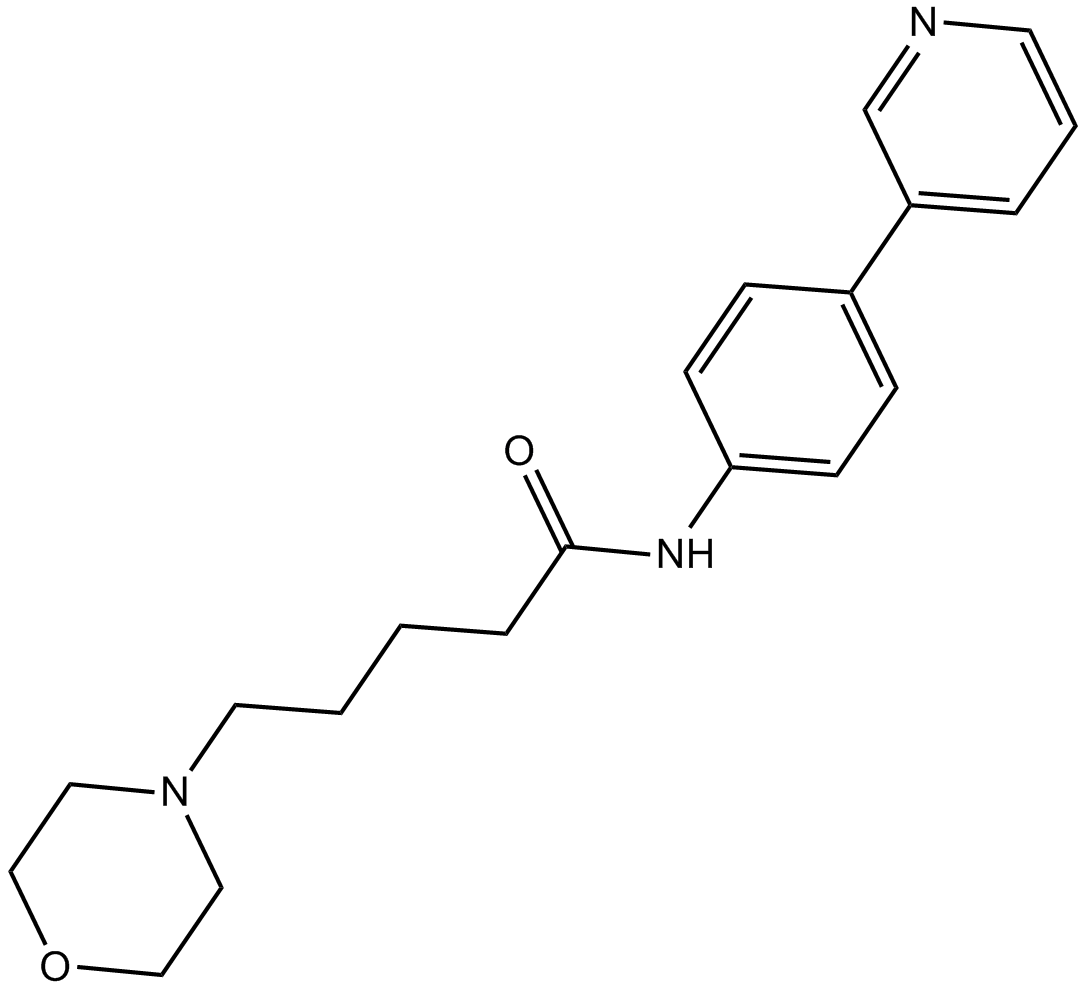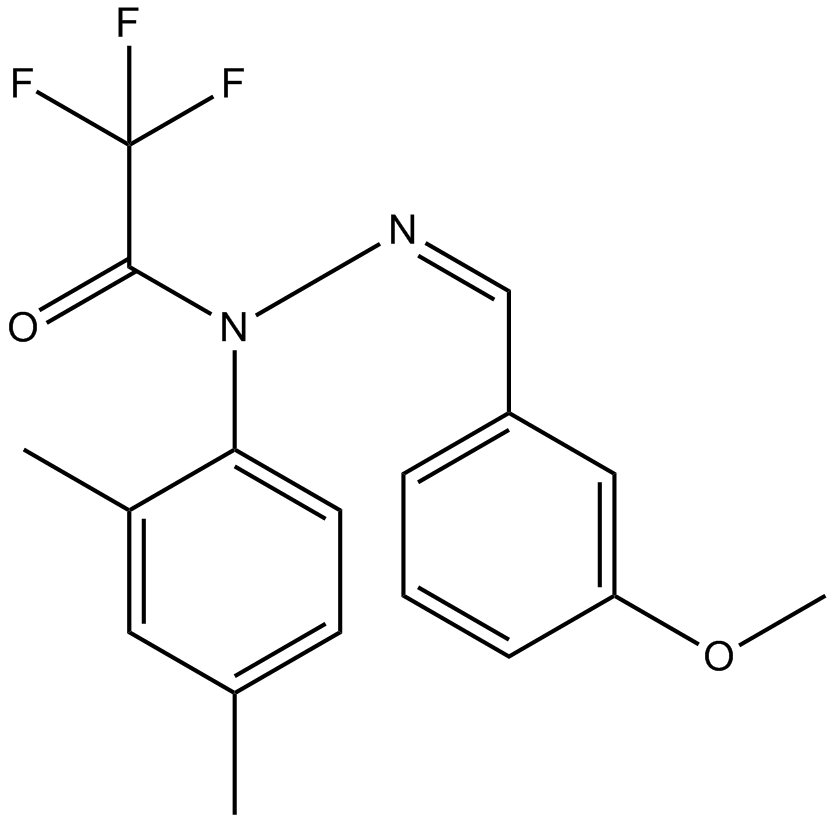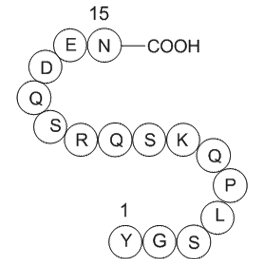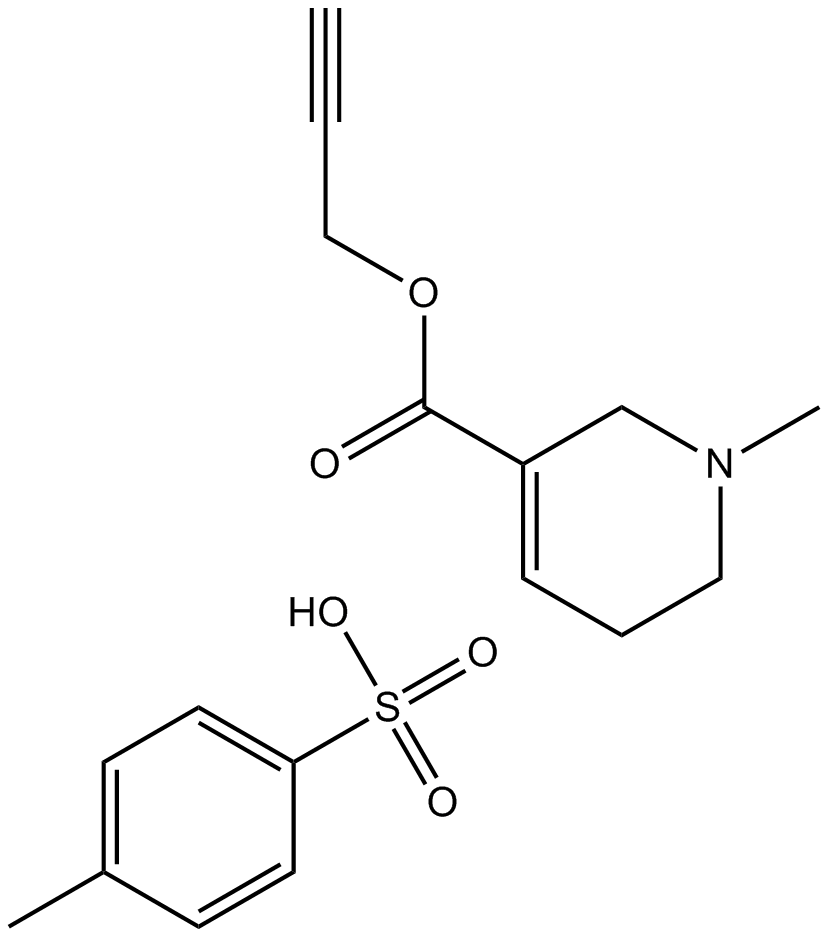Neuroscience

Neurotransmitter receptors function via various G-protein coupled and G-protein independent mechanisms that activate downstream intracellular signaling pathways such as cAMP/PKA, PI3K/AKT, phospholipase A2, and phospholipase C pathways. For instance, dopamine receptors act through adenylate cyclase to activate PKA and other signaling molecules, thereby mediate gene expression through the actions of CREB and other transcription factors. Other neurotransmitters such as NMDAR or AMPAR are associated with ion channels that control flux of Ca2+ and Na+, thus propagating the action potential across the post-synaptic neuron.
Dysfunctions in GABAergic/glutamatergic/serotonergic/dopaminergic pathways result in a broad range of neurological disorders such as chronic pain, neurodegenerative diseases, and insomnia, as well as mental disorders including schizophrenia, bipolar disorder, depression, and addiction.
-
 B5532 NPS 2390Target: Glutamate (Metabotropic) Group I ReceptorsSummary: group I mGlu antagonist
B5532 NPS 2390Target: Glutamate (Metabotropic) Group I ReceptorsSummary: group I mGlu antagonist -
 B5597 SEN 12333Summary: α7 nicotinic acetylcholine receptor (nAChR) agonist
B5597 SEN 12333Summary: α7 nicotinic acetylcholine receptor (nAChR) agonist -
 B5804 J 147Summary: reduces soluble Aβ40 and Aβ42 levels
B5804 J 147Summary: reduces soluble Aβ40 and Aβ42 levels -
 A1031 Myelin Basic Protein (68-82), guinea pigSummary: Myelin Basic Protein
A1031 Myelin Basic Protein (68-82), guinea pigSummary: Myelin Basic Protein -
 C3382 Hydroxytacrine (maleate)Summary: anticholinesterase activity
C3382 Hydroxytacrine (maleate)Summary: anticholinesterase activity -
 B1092 Salicylic acidSummary: COX inhibitor
B1092 Salicylic acidSummary: COX inhibitor -
 B1549 Hydroxyzine 2HClTarget: Histamine H1 ReceptorsSummary: Histamine H1-receptor antagonist
B1549 Hydroxyzine 2HClTarget: Histamine H1 ReceptorsSummary: Histamine H1-receptor antagonist -
 B1483 FenoldopamTarget: D1 and D5 ReceptorsSummary: D1-like dopamine receptor partial agonist
B1483 FenoldopamTarget: D1 and D5 ReceptorsSummary: D1-like dopamine receptor partial agonist -
 B6284 Arecaidine propargyl ester tosylateSummary: muscarinic receptor agonist
B6284 Arecaidine propargyl ester tosylateSummary: muscarinic receptor agonist -
 B6478 L-732,138Summary: tachykinin NK1 receptor antagonist
B6478 L-732,138Summary: tachykinin NK1 receptor antagonist

